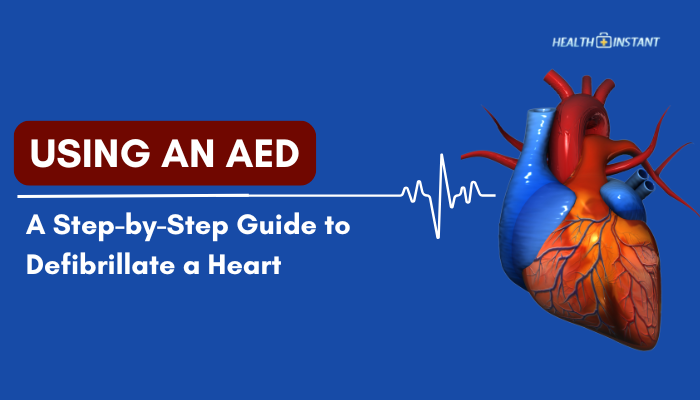What is Eyelid twitching?
An eyelid twitch, medically known as myokymia fasciculation is generally referring to a common benign, involuntary muscle spasm that happens in the eyelids. In several occasions, the eyelid is observed to close and re-open repetitively. Twitching of the upper eyelid occurs in 5 of every 100,000 population. Females are predominantly affected with a ratio of 1.8:1. The eyelid twitching becomes more ordinary as one gets older, with about 66% of the patients aged 60 years old and beyond.
On top of the recurring, involuntary eye twitching or upper eyelid spasm, a person may also have photosensitivity and may complain of a blurred vision. One must keep in mind that while the disease can be bothersome, upsetting and socially restraining, this is most frequently, not life-threatening by any means.
Forms of Eyelid spasm
Eyelid spasms come in three forms, namely, minor eyelid twitch, blepharospasm and hemifacial spasm. In an eyelid twitch, the origin is unidentified. Insignificant twitching is commonly noted in one or both lower eyelids, though is of no worry.
In the case of benign essential blepharospasm, both eyes are frequently affected. This is idiopathic in nature, however is linked to the atypical functioning of basal ganglia, a group of nuclei responsible for muscle control and coordination. The malfunction may be due to a disruption in the neurochemical transmission. Initially, triggered by different factors, patients notice the appearance of manifestations such as a steady increase in blinking, repeated eye irritation, photosensitivity and fatigue. As it progresses, the lids involuntarily close, and at times, the eyebrows do. In severe cases, the muscles in the mouth and neck become spastic. Once these muscles become spastic, the patient may temporarily incapable of seeing things as there is involuntary closure of the eyelid.
The third form is termed as hemifacial spasm. This describes a medical condition with involvement of the muscles of the eyelid and the mouth on one side of the face. The one-sided spasm is due to the pressure placed by the artery on the nerve to the muscles of the face, resulting to facial twitch. This is a more violent form seeing that there is more severe spasm, eating can be very difficult and speaking is significantly impaired.
Causes
This involuntary movement of the eyelid can be due to an extensive multiplicity of possible reasons. It is important for one to first establish what is most likely causing the eyelid twitch to facilitate proper treatment of the condition. The following list enumerates the potential causes and triggers of the eye muscle condition;
- Fatigue or inadequate sleep – In patients who get insufficient rest, eyelid spasm is common.
- Allergic reaction – When a person experiences an eye allergy, the eyes become itchy, swollen and watery. Once the eyes are rubbed, a substance known as histamine is released by immune cells into the tissues of the eyelids. This amine is believed to cause eyelid twitching.
- Eye dryness – Over a half of the elderly population has eye dryness as a result of their advancing age. This is also usual in individuals who use computers excessively and those who put on contact lenses.
- Eye strain
- Too much exposure to computer and TV screens
- Exposure to bright light and wind
- Air pollution
- Stress – When a person is under a stressful situation, his body responds in many unique ways. One indication that a person is stressed out is eye twitching.
- Vitamin deficiency or nutritional imbalances – When specific nutrients become inadequate, such as in the case of hypomagnesemia, spasm in the muscles of the eyelid is elicited.
- Alcohol and Caffeine – Excessive consumption of alcohol and caffeine can result to eyelid twitching.
- Corneal and conjunctival irritation
- Medications
Treatment
Home Treatments
- Have adequate rest and sleep. Increasing sleeping hours has been revealed to help ¾ of the patients.
- Engage in relaxing activities. About 55% of the affected individuals have been shown to have been successfully treated after engaging in de-stressing behavior.
- Use dark sunglasses.
- Communicate your concerns and anxieties to others.
- Observe good eyelid hygiene. Give or take a few four minutes to cleanse the lid area twice a day by applying a washcloth soaked in warm water. After that, lightly rub the eyelashes and eyelids horizontally. This procedure does not only present a relaxing and cleansing effect; it also gives traction.
- Lubricate eyes. The application of moisturizing eye drops is found to be effective in relieving eyelid twitch in about 24 percent of the affected individuals.
- Increase dietary consumption of foods rich in potassium every day, banana for example. This mineral is crucial for reducing eye dryness.
- Lessen caffeine consumption.
Medical management for blepharospasm
Up to now, a 100% cure for blepharospasm is not yet established; however, there are quite a few options available which may lessen its severity. In addition to the home treatments listed above, a physician may choose to treat blepharospasm with the following methods:
- Stay away from factors that can elicit the twitch such as bright lights, exhaustion and stress.
- The Botox injection is now an accepted therapy for blepharospasm. This is also recommended for patients who have hemifacial spasm as this can mitigate the weight placed by the artery to the nerve. In this procedure, a small amount of botulinum toxin is delivered every 3 months into the eyelid muscles which results to a localized, partial paralysis and muscle relaxation. It is good for more than a few months, but with continual administration, its effectiveness decreases.
- There are medications intended for blepharospasm, yet these drugs still provide variable results, with only about 15% of the patients responding well to the therapy and are only short term in nature. Getting a good drug where patients respond well requires trial and error after a while. Magnesium chloride can be added as a dietary supplement as it is found to be beneficial in some patients.
- In case when pharmacological treatment and Botox injection fail to give satisfactory results, the patient can be a candidate for protractor myectomy. In this surgical procedure, the muscles around the eyes which are responsible for eyelid closure is taken out.





